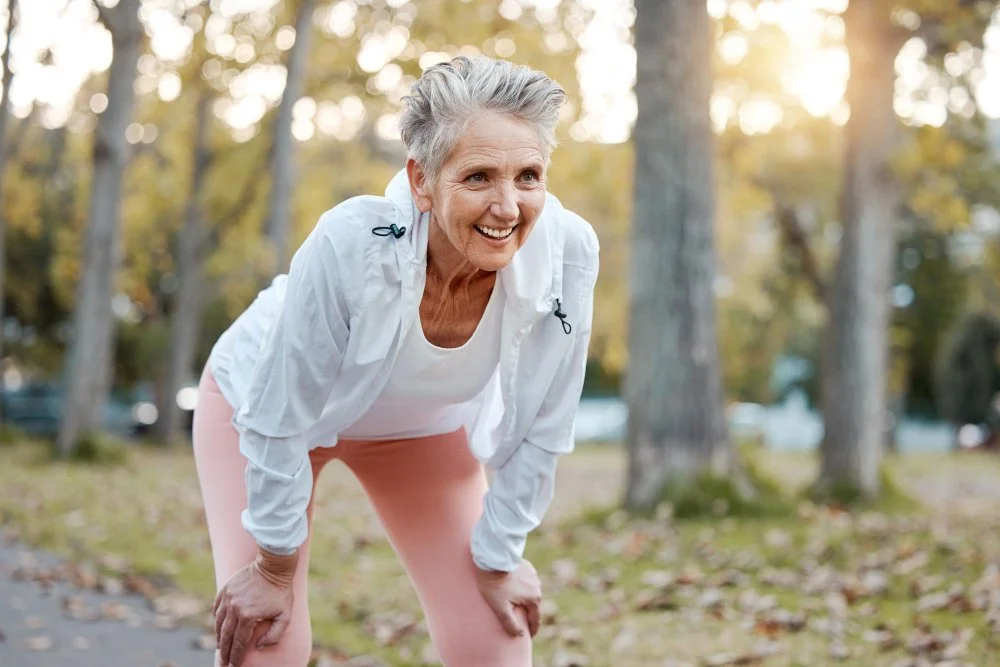Natural Relief for Joint Pain: A Nutrition-Based Approach
Joint pain affects millions each year, often caused by arthritis, injuries, or age-related wear and tear. While medications and physical therapy play an important role, many people overlook one of the most powerful tools for joint health—nutrition.
In this article, we’ll explore how certain foods and supplements can fight inflammation, improve joint function, and even slow joint degeneration over time.
The Role of Diet in Joint Health
Inflammation is at the heart of most joint pain. Chronic inflammation can damage cartilage, reduce mobility, and increase discomfort. Fortunately, many foods contain natural anti-inflammatory compounds that help protect your joints and ease pain.
Key Anti-Inflammatory Foods:
Fatty Fish (Salmon, Mackerel, Sardines) – Rich in omega-3 fatty acids that reduce joint stiffness and inflammation. Omega-3s have shown benefits for rheumatoid arthritis and other inflammatory joint conditions.
Leafy Greens (Spinach, Kale, Swiss Chard) – High in antioxidants and vitamin K, supporting bone strength and reducing inflammation.
Berries (Strawberries, Blueberries, Raspberries) – Packed with anthocyanins, which help block inflammatory processes.
Nuts and Seeds (Walnuts, Flaxseeds, Chia Seeds) – Excellent sources of omega-3s and fiber, supporting heart and joint health.
Evidence-Based Supplements for Joint Support
When diet alone isn’t enough, targeted supplements may provide additional benefits:
Turmeric (Curcumin) – Potent anti-inflammatory properties; reduces joint pain in arthritis. Best absorbed with black pepper extract (piperine).
Glucosamine & Chondroitin – Naturally found in cartilage; may slow cartilage breakdown and reduce osteoarthritis symptoms.
Fish Oil (Omega-3s) – Reduces morning stiffness and joint swelling, especially in rheumatoid arthritis.
Collagen (Type II) – Supports cartilage structure, improving joint comfort and mobility.
Foods to Limit or Avoid
Certain foods can worsen inflammation and joint pain:
Refined sugars – Activate inflammatory pathways, leading to joint swelling and discomfort. Over time, excessive intake can put long-term stress on joint health.
Processed and fried foods – High in trans fats, additives, and artificial chemicals, which can promote inflammation and negatively affect cartilage health. Frequent consumption may increase joint stiffness and pain.
Excessive red meat – Can trigger inflammatory responses in sensitive individuals and worsen pain and stiffness, especially in those with arthritis. Moderate portions in a balanced diet are generally acceptable.
Too much dairy – May be inflammatory for some people, particularly those with lactose intolerance, leading to joint swelling and increased discomfort.
By limiting these inflammation-promoting foods, you can better manage joint pain and support overall joint health.
Lifestyle Tips to Maximize Results
Nutrition is just one piece of the puzzle. For best results:
Stay active with low-impact exercises – Activities like walking, swimming, or yoga help maintain joint mobility and reduce stiffness.
Get adequate sleep – Poor sleep can worsen inflammation and slow down recovery.
Maintain a healthy weight – Reduces stress on joints and helps prevent pain flare-ups.
Work with a physical therapist – Guided movement and recovery programs ensure safe and effective rehabilitation.
© 2025 [Blessen Abraham]. All rights reserved.













